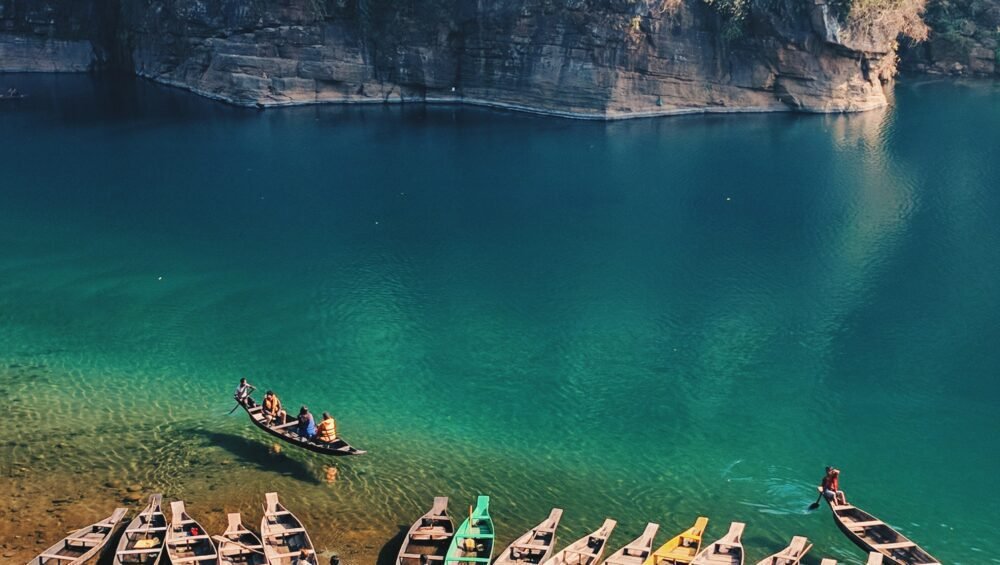Meghalaya is a state located in the northeastern part of India. The state is known for its numerous attractive mountain ranges, valleys, and waterfalls. It is bordered by Assam to the north and east, Bangladesh to the south and southwest, and the Indian state of Tripura to the southeast.
Meghalaya, which literally means “the abode of clouds” in Sanskrit, is one of the wettest regions in the world. The state receives heavy rainfall throughout the year, which gives rise to its numerous waterfalls, rivers, and lakes. The state is home to a diverse range of flora and fauna, and is a popular destination for nature lovers and adventure seekers.
History
Meghalaya has a rich and complex history. The region was originally inhabited by various tribes, including the Khasi, Garo, and Jaintia tribes. These tribes had their own distinct cultures and traditions, and lived in relative isolation for many centuries.
In the 18th and 19th centuries, the region came under the influence of the British Empire. The British established various administrative centers in the region, and encouraged the growth of tea plantations. This led to the migration of workers from other parts of India to Meghalaya, and the establishment of new towns and cities.
After India gained independence in 1947, Meghalaya became part of the state of Assam. However, the people of Meghalaya continued to demand greater autonomy and recognition of their distinct cultural identity. In 1972, Meghalaya was granted statehood, becoming one of the seven states of northeastern India.
Culture and Society
The people of Meghalaya are known for their rich and diverse culture. The state is home to a large number of tribes, each with their own distinct language, customs, and traditions. The three main tribes of Meghalaya are the Khasi, Garo, and Jaintia tribes.
The Khasi tribe is the largest tribe in Meghalaya, and is known for its matrilineal society. In Khasi culture, property and inheritance are passed down through the mother’s line, rather than the father’s. The Garo tribe is known for its distinctive dance forms, including the Wangala dance and the Nongkrem dance. The Jaintia tribe is known for its unique weaving techniques, and for its traditional architecture.
One of the most important festivals in Meghalaya is the Nongkrem dance festival, which is celebrated by the Khasi tribe in November each year. The festival is a celebration of the harvest season, and involves traditional dances, music, and feasting.
Economy
Agriculture is the mainstay of the economy of Meghalaya. The state is known for its production of oranges, pineapples, and other fruits. Tea plantations are also an important source of income, particularly in the eastern part of the state. Meghalaya is also rich in mineral resources, including coal, limestone, and uranium.
Tourism is a growing industry in Meghalaya. The state’s numerous waterfalls, lakes, and mountains are a major draw for tourists from all over the world. The state government has taken steps to promote tourism in the state, including the development of infrastructure and the establishment of new tourist attractions.
Politics and Governance
Meghalaya has a parliamentary form of government, with a Chief Minister as its head. The state has a unicameral legislature, the Meghalaya Legislative Assembly, with 60 members. The state is represented in the Parliament of India by two members in the Rajya Sabha (Upper House) and two members in the Lok Sabha (Lower House).


